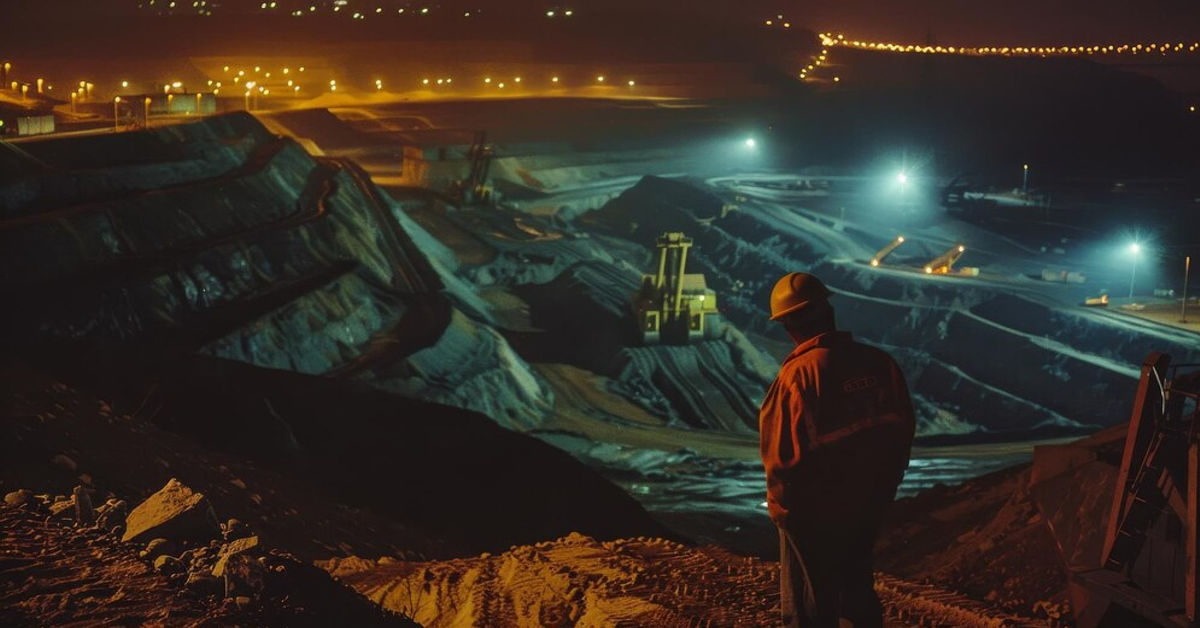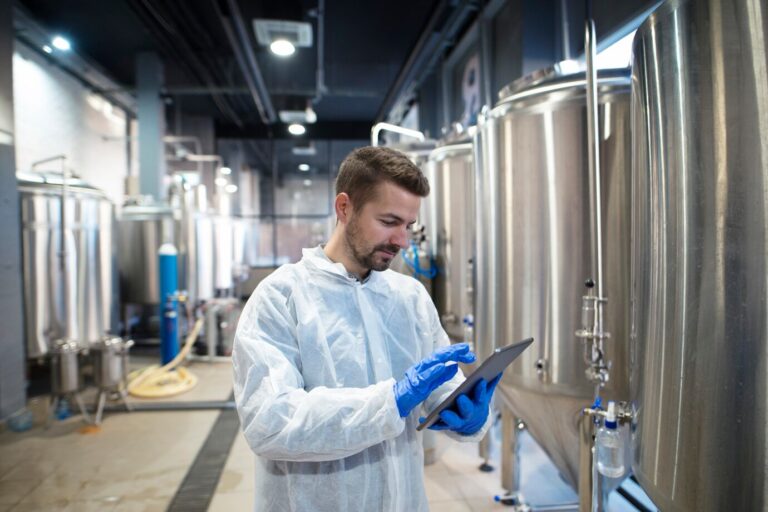1 Pro of Subsurface Mining: Unearthing Its Economic Advantage
Subsurface mining remains a critical method for extracting valuable resources hidden beneath the Earth’s surface. It offers unique advantages that shape both local and global economies. As we dig deeper into this fascinating world, we’ll uncover how subsurface mining not only meets our resource demands but also impacts the environment and surrounding communities. Join us as we explore its economic benefits, technological advancements, and real-life success stories that highlight why 1 Pro of Subsurface Mining is an essential part of our industrial landscape.
Understanding the Basics of Subsurface Mining
Subsurface mining involves extracting valuable minerals and resources located beneath the Earth’s surface. Unlike surface mining, this method digs deep into the ground using various techniques to reach deposits that are often hidden from view.
The process typically requires specialized equipment and skilled labor. It aims to minimize land disruption while maximizing resource recovery. Common materials extracted through subsurface mining include coal, gold, and precious metals, contributing significantly to global supply chains and economies.
Environmental Impact of Subsurface Mining
Subsurface mining has a notable environmental impact, primarily due to its disruption of underground ecosystems. The extraction process can lead to habitat destruction and the alteration of natural water flow, affecting local wildlife.
Additionally, it may result in soil degradation and contamination from hazardous materials used during mining operations. These changes can have long-lasting effects on both the environment and communities relying on those ecosystems for their livelihoods. Addressing these challenges is vital for sustainable management practices in subsurface mining.
Analyzing the Environmental Concerns
Subsurface mining, while valuable for resource extraction, raises significant environmental concerns. The disruption of underground ecosystems can lead to habitat loss and changes in water flow. Contaminants from mining operations may seep into groundwater, posing risks to both wildlife and human health.
Moreover, the land above subsurface mines often suffers from subsidence. This phenomenon occurs when the ground collapses due to voids created by mining activities. Such impacts necessitate careful planning and regulations to mitigate potential harm to surrounding environments.
Effects on Land and Ecosystems
Subsurface mining significantly alters land surfaces and can disrupt local ecosystems. The process often involves removing large amounts of earth, leading to soil erosion and habitat destruction for various species.
Additionally, water runoff from disturbed areas may carry pollutants into nearby waterways. This contamination can affect aquatic life and diminish biodiversity. Protecting these natural habitats is essential for maintaining ecological balance while extracting valuable resources through subsurface mining practices.
Economic Benefits of Subsurface Mining
Subsurface mining provides significant economic benefits by tapping into valuable mineral resources deep underground. This method allows for the extraction of essential materials like coal, copper, and gold, which are critical for various industries.
Moreover, it creates job opportunities in local communities and boosts regional economies. The revenue generated through subsurface mining contributes to infrastructure development and community services, enhancing the overall quality of life while meeting global demands for natural resources.
Evaluating the Economic Advantages
Subsurface mining offers significant economic advantages that extend beyond immediate profit. It allows for the extraction of valuable minerals and resources hidden deep beneath the surface, which can lead to job creation in various sectors.
Moreover, it stimulates local economies through increased demand for services and goods. The revenue generated from subsurface operations can be reinvested into community development, infrastructure improvements, and education initiatives, fostering long-term growth while enhancing overall quality of life for residents.
Impact on Local and Global Economies
Subsurface mining significantly affects both local and global economies. Locally, it creates jobs, boosts businesses in surrounding areas, and generates tax revenue for essential services. Communities often experience improved infrastructure due to increased funding.
On a global scale, subsurface mining contributes to the supply of vital resources like minerals and metals. These materials are crucial for various industries, driving economic growth worldwide. As demand rises, investment opportunities in mining expand, fostering international trade relationships that benefit multiple economies.
Technological Advancements in Subsurface Mining
Recent advancements in technology have revolutionized subsurface mining. Innovations such as automated drilling systems and real-time monitoring tools enhance efficiency and safety during extraction processes.
Additionally, the integration of artificial intelligence allows for better resource estimation and operational planning. These technologies not only reduce environmental impacts but also optimize production rates, making subsurface mining more economically viable than ever before. As these techniques continue to evolve, their role in modern mining operations becomes increasingly vital.
Exploring Modern Extraction Techniques
Modern extraction techniques have revolutionized subsurface mining, enhancing efficiency and safety. Methods like block caving and room-and-pillar allow miners to access resources with minimal surface disruption. These approaches reduce waste and maximize recovery rates.
Additionally, advancements in technology, such as automated drilling equipment and real-time data analytics, streamline operations. This innovation not only improves productivity but also helps monitor environmental impacts more effectively. As these technologies evolve, they continue to reshape the future landscape of subsurface mining practices.
Case Studies in Subsurface Mining
Case studies in subsurface mining highlight successful operations worldwide. For instance, the Diavik Diamond Mine in Canada employs advanced techniques to extract diamonds efficiently while minimizing surface disruption. This approach showcases a balance between economic gain and environmental responsibility.
Another notable example is the underground copper mines in Chile. These facilities utilize cutting-edge technologies to maximize resource recovery. Their methods not only boost local economies but also set benchmarks for sustainable practices within the industry, proving subsurface mining’s viability as an economic driver.
Real-Life Examples of Successful Mining Operations
One successful example of subsurface mining is the Grasberg mine in Indonesia. It is one of the largest gold and copper mines globally, providing significant revenue for the country and creating thousands of jobs.
Another notable case is the BHP’s Olympic Dam in Australia. This multi-mineral operation extracts copper, uranium, and silver through underground methods. Its advanced technology has led to increased efficiency while minimizing environmental impacts compared to traditional mining practices.
Conclusion
1 Pro of Subsurface Mining plays a crucial role in extracting valuable resources from beneath the Earth’s surface. Its techniques and technologies have evolved significantly, enhancing efficiency while addressing various environmental concerns.
As communities continue to rely on these natural resources for economic growth, balancing extraction with ecological preservation remains vital. This approach not only supports local economies but also contributes to global market demands, ensuring sustainable development in mining practices.
FAQs
1. What is subsurface mining?
1 Pro of Subsurface Mining involves extracting minerals or resources from beneath the Earth’s surface through tunnels or shafts.
2. How does subsurface mining differ from surface mining?
Subsurface mining occurs underground while surface mining removes soil and rock to access resources near the Earth’s surface.
3. What are common minerals extracted through subsurface mining?
Commonly extracted minerals include coal, gold, silver, copper, and various other metals.
4. What measures can be taken to minimize environmental impact?
Implementing advanced technologies and sustainable practices can help reduce ecological disruption during extraction processes.
5. How does subsurface mining benefit local communities?
It creates jobs and stimulates local economies by providing employment opportunities in various sectors related to resource extraction.
6. Are there any regulations governing subsurface mining?
Yes, numerous regulations exist at both national and international levels aimed at ensuring safe practices and minimizing environmental damage associated with this type of mining.







